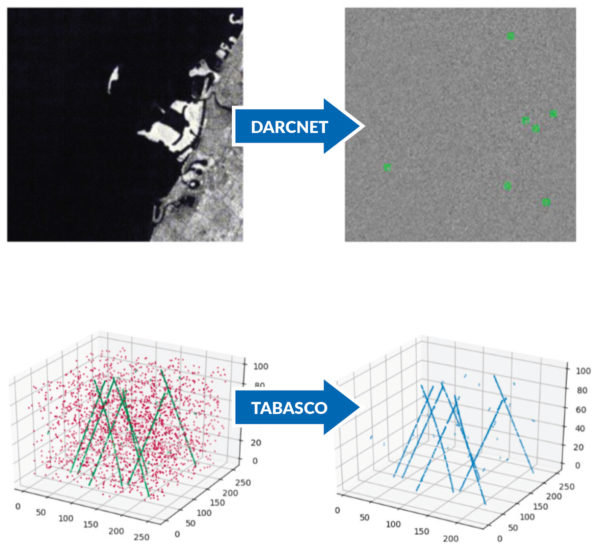Artificial Intelligence / Machine Learning
Radiance is at the forefront of turnkey Artificial Intelligence (AI) and Machine Learning (ML) solutions for intelligence and warfighter applications. We provide the ability to turn data into action: from our legacy of practical solutions such as gunshot detection and threat prediction to our modern-day groundbreaking research in explainable and counter-adversarial solutions. Radiance maintains capability to use ML models to turn impossible situations into practical technologies. We believe that all data – from Big Data warehouses to fielded single-sensor systems – holds the power to increase national security and defense potential.
ML Development for Target Detection and Tracking
Radiance developed several innovative AI/ML algorithms such our convolutional neural network that accurately detects targets in infrared data. This algorithm improved detection rates by approximately 80% while also reducing false alarms.
We also developed a novel algorithm to enhance automated target detection and tracking, known as the Tracker Augmentation By Application of Spectral Convolutions (TABASCO). TABASCO quickly removes false detections when searching for targets in imagery. To the best of our knowledge, no other algorithm directly filters false detections in this way. TABASCO presents many new possibilities for near real time and real time target tracking for our DoD and Intelligence Community customers.
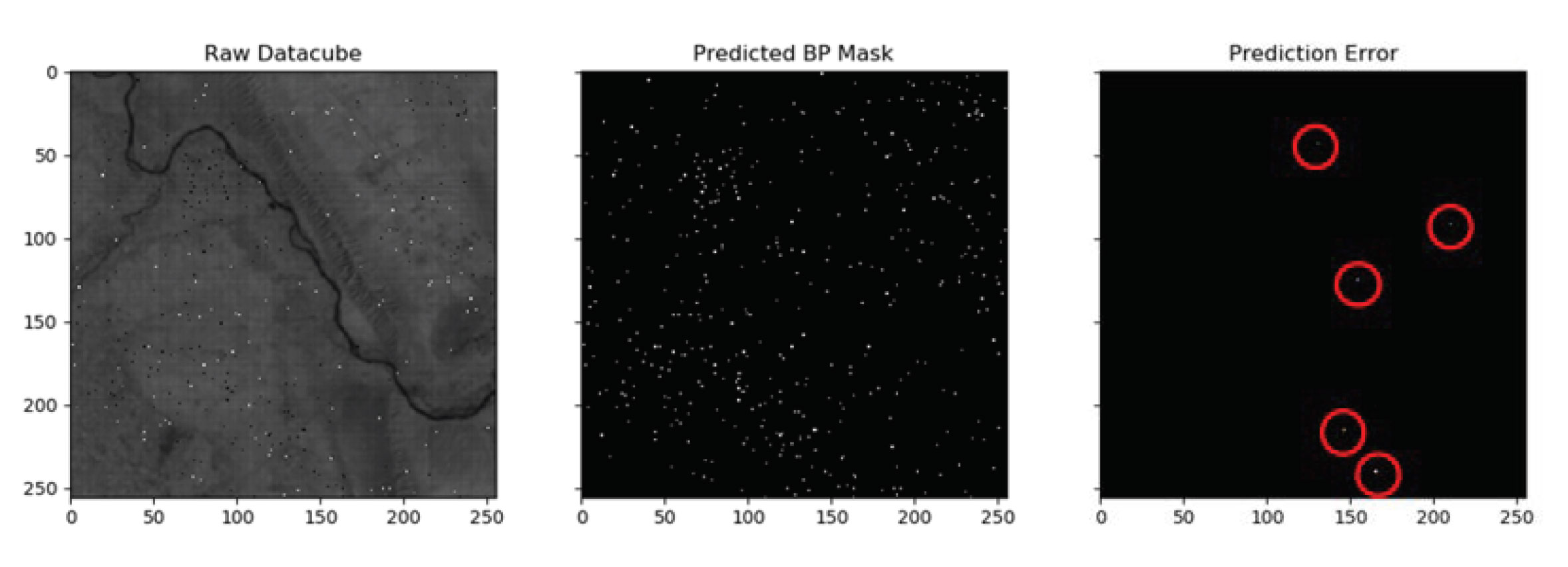
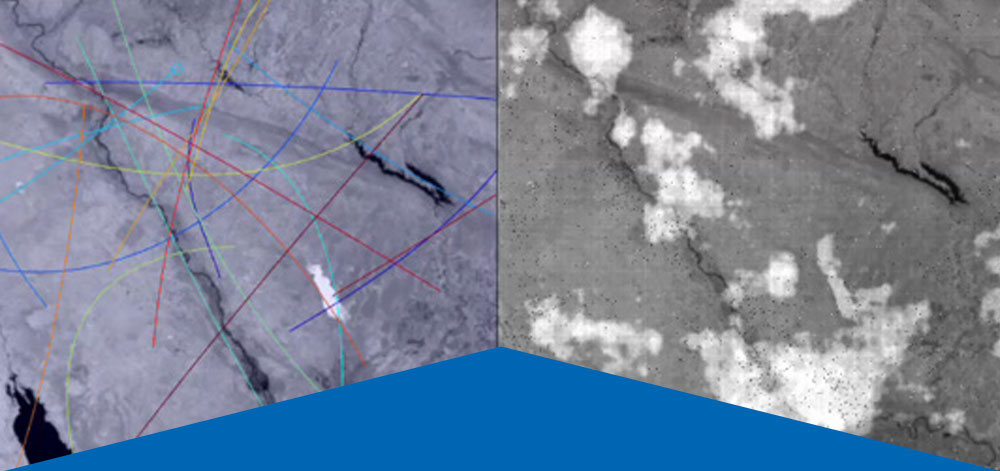
Air Force Institute of Technology Sensor and Scene Emulator for Testing
Radiance supports the Air Force Institute of Technology (AFIT) in developing a physics-based Mod-Sim environment for creating realistic infrared data. We currently serve as the sole contracted developer for AFIT’s Sensor and Scene Emulator for Testing (ASSET) simulator, which trains several of our ML models including DARCNET, TABASCO, and Neural BPR. Our team was first in the community to demonstrate Transfer Learning by training our neural networks on simulated data and applying them to real data.
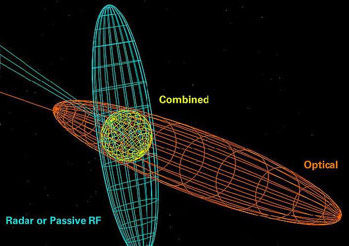
Sensor Modality Fusion
Our experts are currently developing a methodology that uses ML techniques to perform electro-optical (EO) and radiofrequency signatures fusion. Historically, most work has used only EO signatures when attempting to make decisions for this type of work. We use diverse data to fuse these modalities, enhancing robustness and flexibility, decreasing the error bounds, and increasing general accuracy in the decision-making process. Radiance and our team have been working to apply these methodologies to data from new objects of interest.
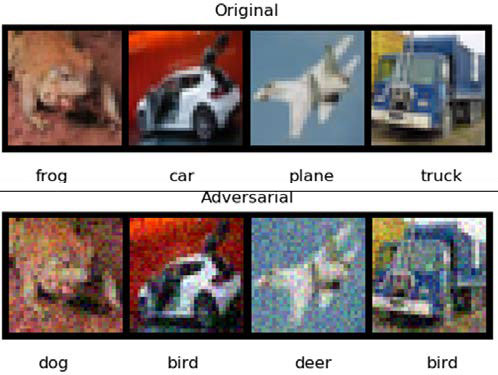
Quantifying Ensemble Diversity for Robust ML (QED RML)
DARPA is concerned that researchers have demonstrated effective attacks on ML algorithms. These attacks can cause algorithms to fail, even if the attacker lacks detailed knowledge of the ML algorithm and/or training data. We support DARPA on their innovative AI Exploration program and have named this project the Robust Ensemble Generation via Distilled Feature Transforms (REG DFT). Our employee-owners develop essential, effective defenses against such attacks for our customers when they use ML for defense, security, and safety applications.
ML Estimations of Tissue Optical Properties (ML–ETOP)
Radiance is developing a capability for AFRL that uses neural networks to estimate the optical properties in dynamic environments. This capability simulates optically induced tissue damage caused by high energy lasers. We use dynamic properties to fully model laser-induced tissue damage since heat changes optical properties, which in turn changes radiation transport properties in skin tissue. The deep neural network that we’ve developed to estimate optical properties for the radiation transport problem consists of five fully connected layers trained on the output of simulated data.
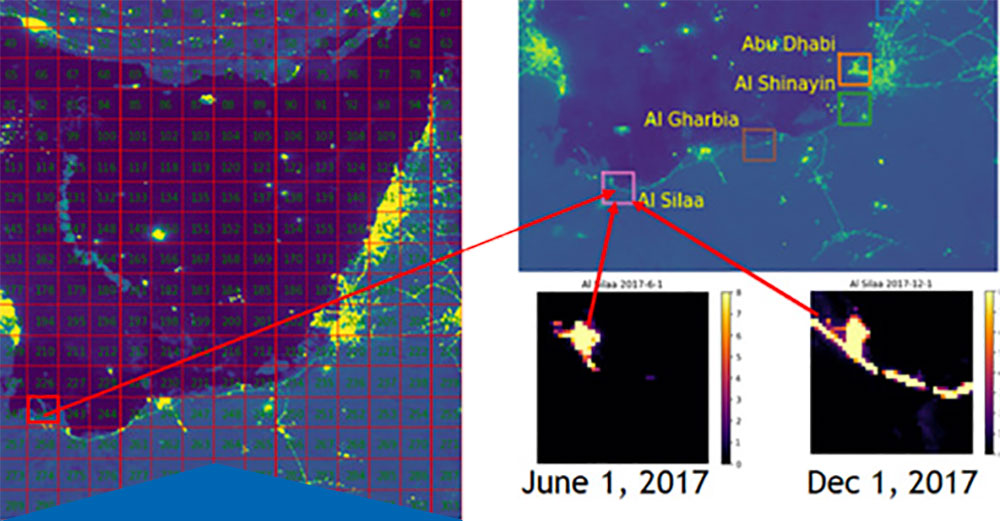
Anomalous Event Prediction
Radiance delivered a unique ML capability to predict anomalous behavior from broad area commercial imagery. Our team used the NOAA’s VIIRS satellite to automatically detect anomalous behavior and predict certain activities. Our subject matter experts accomplished this through spatial and temporal pattern analysis and trending, which is extensible to global monitoring.
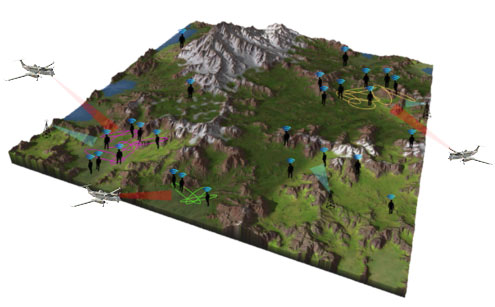
Signals Intelligence Alert and Prediction System (SINAPS)
Radiance understands the unique value of signals intelligence, since it provides a timely and rich data source of actionable intelligence on threats against the U.S. and their interests abroad. However, the collection often results in vast amounts of ambiguous data with only sufficient manpower to analyze a fraction. By applying ML techniques to SIGINT data, the Army INSCOM program, SINAPS, allows our customers to identify anomalous activities within large volumes of SIGINT data. It also sends alerts to human analysts to help triage analysis and inform future collection tasking. As an added capability, ML can be trained to predict nefarious activities to allow the warfighter time to intervene and save lives.

